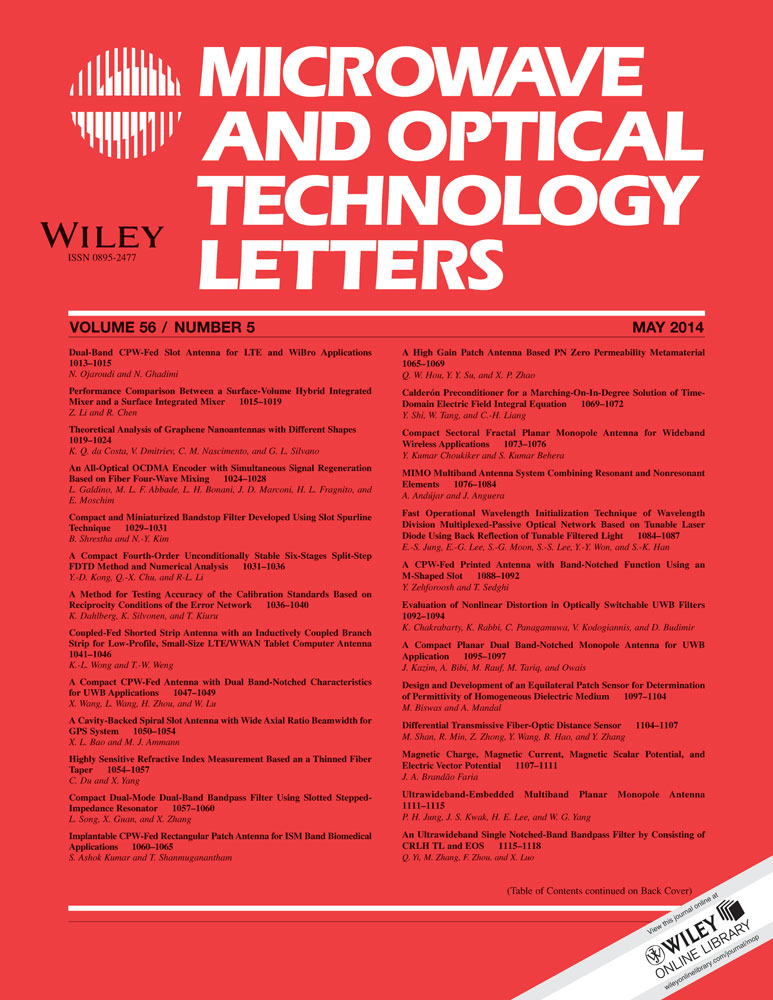A new speech enhancement algorithm for millimeter-wave radar speech sensor
ABSTRACT
A novel millimeter-wave radar speech sensor based on vibration detection developed in our laboratory can penetrate nonmetal barriers to obtain speech signals, which expands traditional speech detection techniques. However, the radar speech signals are usually corrupted by nonuniform noises that include radar noise, electrocircuit noise, and so on. The article, therefore, proposed an improved Wiener filter method based on wavelet entropy (WE) to suppress the nonuniform noise. The utilization of WE contributes to the high efficiency of the algorithm for suppressing nonuniform radar noise. WE point detection can provide a basis through which radar noise can be accurately estimated and updated in an adaptive manner, resulting in accurate a priori signal-to-noise ratios obtained from updated noise estimations and reduction of nonuniform noise. The results from spectrogram and mean opinion score demonstrate that the radar nonuniform noise can be reduced efficiently, and the radar speech quality was improved effectively. © 2014 Wiley Periodicals, Inc. Microwave Opt Technol Lett 56:1184–1189, 2014




